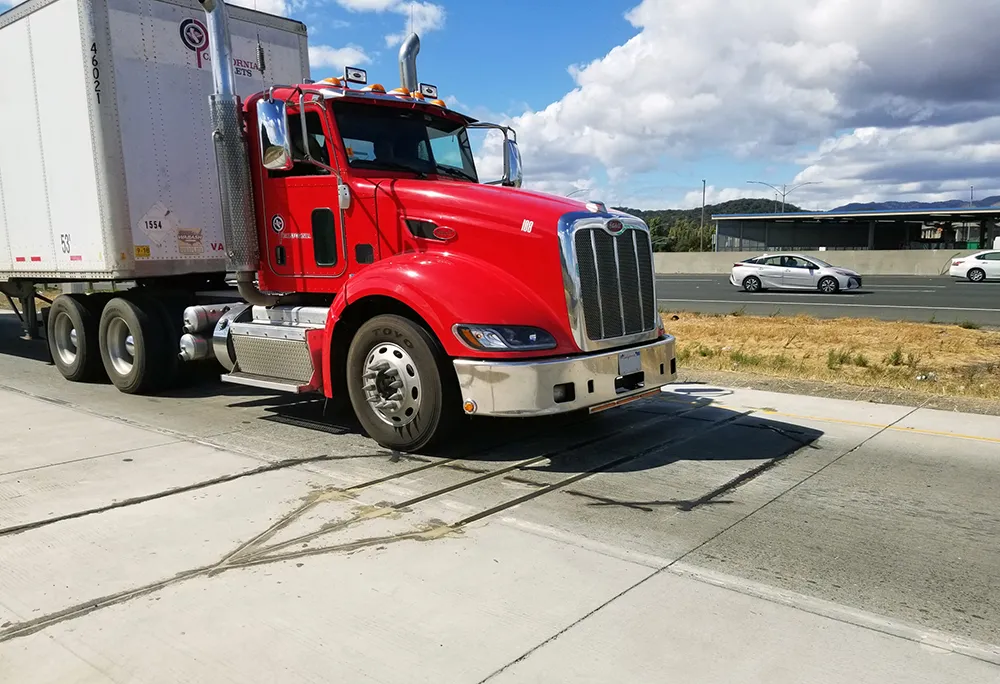An inter-urban version of Siemens’ SafeZone speed enforcement system has been deployed and switched on in the Netherlands this month to discourage motorists from exceeding 80 kph on two sections of the A13 motorway, the main arterial route between Rotterdam and The Hague.
Modified for the Dutch market, the award-winning solution was designed, supplied and installed by Siemens for the Ministry of Justice, Netherlands and will be serviced for a period of eight years.
Based on automatic number plate re
May 29, 2014
Read time: 2 mins
An inter-urban version of 189 Siemens’ SafeZone speed enforcement system has been deployed and switched on in the Netherlands this month to discourage motorists from exceeding 80 kph on two sections of the A13 motorway, the main arterial route between Rotterdam and The Hague.
Modified for the Dutch market, the award-winning solution was designed, supplied and installed by Siemens for the Ministry of Justice, Netherlands and will be serviced for a period of eight years.
Based on automatic number plate recognition (ANPR) technology, SafeZone calculates average speed over a measured distance travelled within the zone. It supports multi-lane and multi-entry/exit points, multiple speeds and vehicle classification and is the first deployment of Siemens SafeZone outside of the UK. Certified by the Netherlands Measurement Institute, the system detects and checks speeding vehicles 24/7 using twelve ANPR cameras with associated communications equipment and server including seven outstations and one instation to provide the Ministry of Justice with evidential records of violations for processing.
Commenting on the installation, Eddy Verhoeven from Siemens Nederland stated “this is the first deployment of Siemens SafeZone outside of the UK. The A13 installation has provided some very challenging and complex requirements coupled with demanding performance criteria for the system”.
Modified for the Dutch market, the award-winning solution was designed, supplied and installed by Siemens for the Ministry of Justice, Netherlands and will be serviced for a period of eight years.
Based on automatic number plate recognition (ANPR) technology, SafeZone calculates average speed over a measured distance travelled within the zone. It supports multi-lane and multi-entry/exit points, multiple speeds and vehicle classification and is the first deployment of Siemens SafeZone outside of the UK. Certified by the Netherlands Measurement Institute, the system detects and checks speeding vehicles 24/7 using twelve ANPR cameras with associated communications equipment and server including seven outstations and one instation to provide the Ministry of Justice with evidential records of violations for processing.
Commenting on the installation, Eddy Verhoeven from Siemens Nederland stated “this is the first deployment of Siemens SafeZone outside of the UK. The A13 installation has provided some very challenging and complex requirements coupled with demanding performance criteria for the system”.








